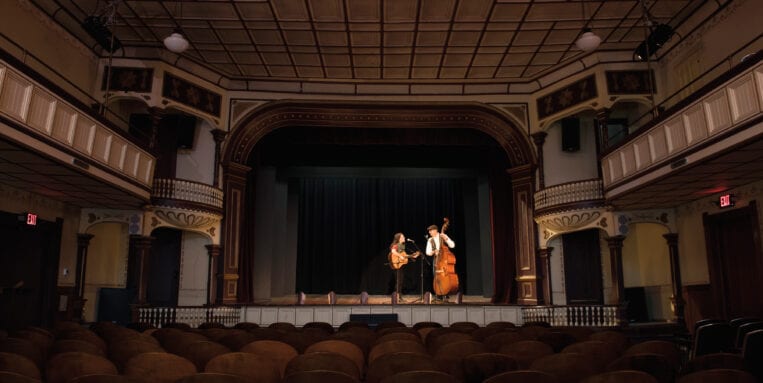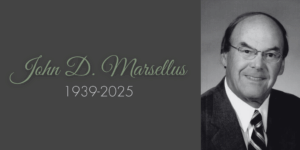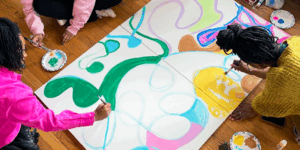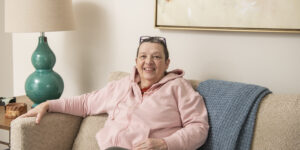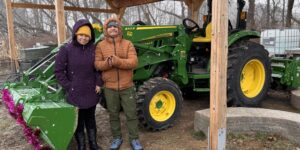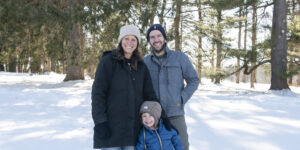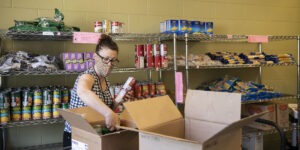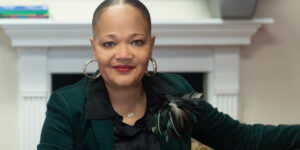A tattered page of the nineteenth century diary of a young Chenango County woman read, “Town meeting day. Voted in the new Opera House. First time it has been used.” It was February 9, 1892 and Harriet Brown had just experienced a visit to what is now a historic building rich with culture and stories of the past.
“That note is especially relevant because we are still using the venue in a similar manner today,” said Opera House executive director, Michelle Connelly. “The building has always been a gathering place for community.”
Over its 125-year history, the Earlville Opera House has been host to a variety of performances including Vaudeville acts, three-penny operas and traveling medicine shows. It was also home to a silent movie house and public auditorium before most recently serving as a multi-arts center where more than one form of art is available to enjoy.
“We have a reputation as one of the strongest musical presenters in New York State by the New York State Council on the Arts and are rooted in traditional Americana folk music — that’s our niche,” said Connelly.
The building also has a vibrant Visual Arts Program, featuring three galleries where artists show their work for five to six weeks at a time, and is host to various workshops and classes. The venue also boasts an on-site Artisan Gift Shop, which transforms into the coveted Holiday Gift Shop every November through December.
Enhanced cultural activity in the historic 1892 theater would not be possible, according to Connelly, without the installation of a heating system, funded in part by the Community Foundation. Prior to that addition, theater presenting had to shut down for six months of the year, limiting live artistic offerings to the public.
Centered in a rural region that is largely underserved, the Opera House has become a consistent presence and gathering place for residents of Earlville, surrounding communities and loyal visitors from afar, instilling a sense of pride for all those who visit this beacon of the arts.
“By becoming a year-round presenting venue, we are providing greater accessibility and program diversification for our constituents,” said Connelly. “The more cultural opportunities we have to offer to the public to help sustain our mission and generate local economic development, the better. The Community Foundation is a part of our history now.”
